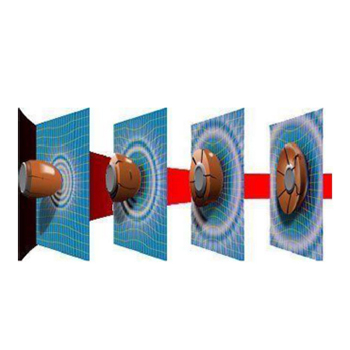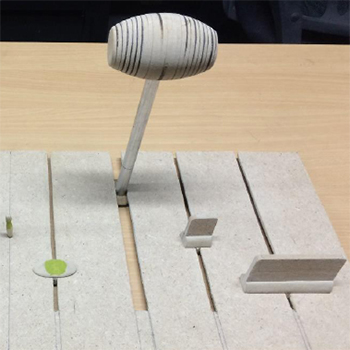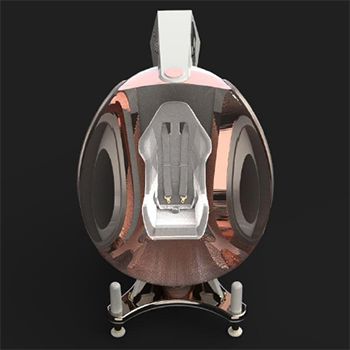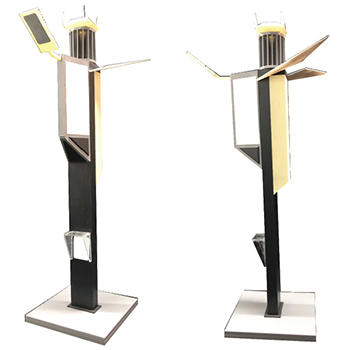Urban areas are expected to contribute 75% of India's GDP AND house 40% of India's population by 2030. Smart cities development is a step in that direction. A smart city employs Internet of Things (IoT) sensors to perceive data and use the collected data to manage assets and resources efficiently. Poles are vital infrastructure and span across most parts of the cities but serve limited applications like lighting or signage. Poles of the future serve as ambidextrous city nodes capable of real-time monitoring of the entire city. These poles accommodate equipment for real-time data gathering on roads to make infrastructure more responsive according to the specific needs and achieve sustainability goals by deploying equipment that can naturally replenish the energy to meet the demand for equipment operation. Thus the value addition by redesigning the existing pole infrastructure helps to realise the vision for future smart cities. The humble street pole of the past may soon become the most valuable asset in the city's infrastructure.






